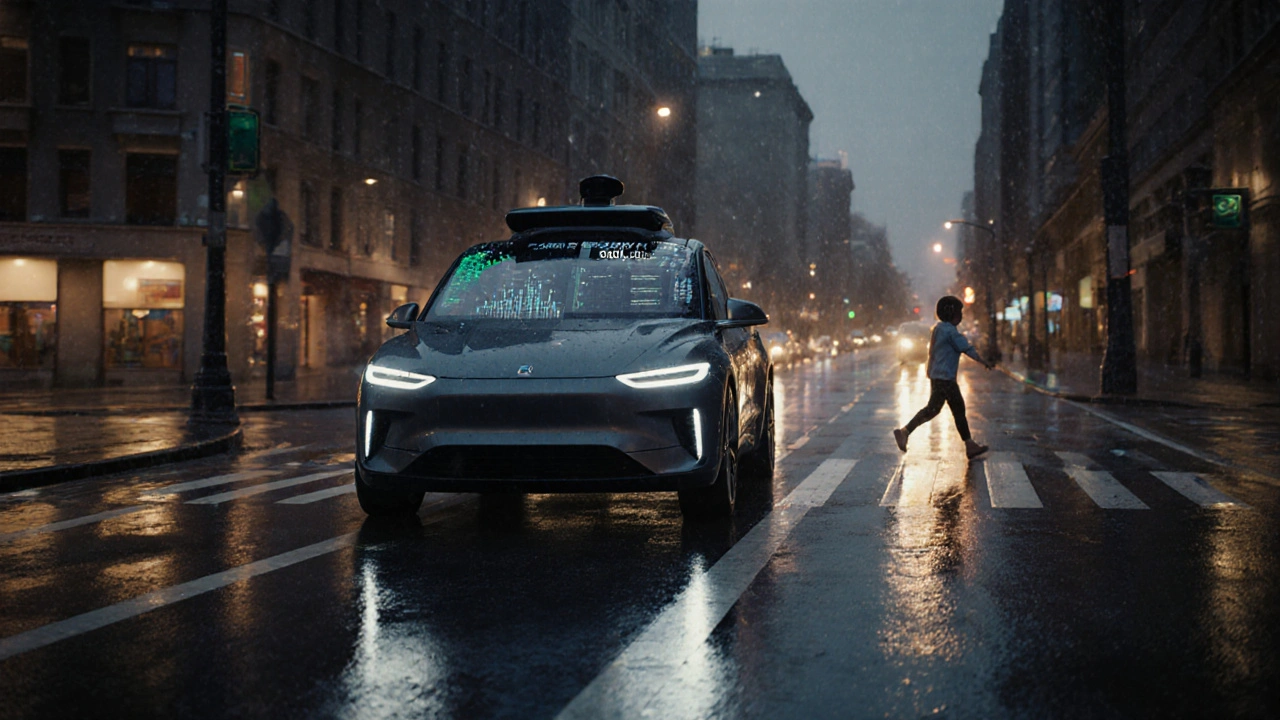When you think of a smart car, you might picture voice assistants or self-parking. But the real magic happens in edge computing in vehicles, a system that processes data directly on the car instead of sending it to distant servers. Also known as automotive edge computing, it’s what lets your car react to a sudden stop, detect a pedestrian, or adjust traction control before your brain even registers the danger. This isn’t science fiction—it’s in every 2018 model with advanced driver aids, automatic emergency braking, or lane-keeping assist.
Edge computing in vehicles works by turning your car into a mini data center. Sensors, cameras, and radar gather information—like distance to the car ahead, road conditions, or pedestrian movement—and process it locally, in milliseconds. That’s the difference between waiting half a second for a cloud server to respond and reacting instantly. vehicle telematics, the system that tracks and transmits vehicle data relies on this speed. Without edge computing, your car’s safety features would be too slow to matter. And real-time vehicle data, the live stream of speed, braking, steering, and environmental input becomes useful only when it’s acted on before the next turn of the wheel.
Why does this matter for your 2018 car? Because even if it’s not fully self-driving, it’s still collecting tons of data. Your adaptive cruise control, blind-spot monitoring, and automatic high beams all depend on edge computing to work without lag. If your car’s system had to send every sensor reading to the cloud and wait for a response, you’d be driving blind for critical seconds. That’s why modern cars don’t just connect—they compute. And the better the edge processing, the safer and smoother your ride becomes.
What you’ll find in the posts below isn’t a list of tech specs. It’s real-world insight into how your car stays alive on the road. From brake controllers that sync with trailer weight to suspension systems that adjust on the fly, these systems all rely on fast, local data processing. You’ll see how tire balance affects sensor accuracy, how headlight clarity impacts camera performance, and why a simple software update can change how your car sees the world. This isn’t about the future of driving—it’s about how your 2018 car already works smarter than you think.
Posted by
Liana Harrow
8 Comments

Edge computing in vehicles processes data on board for instant reaction, cutting latency to under 10ms. This makes autonomous safety features like emergency braking reliable-even without internet. It's now standard in new cars.
read more